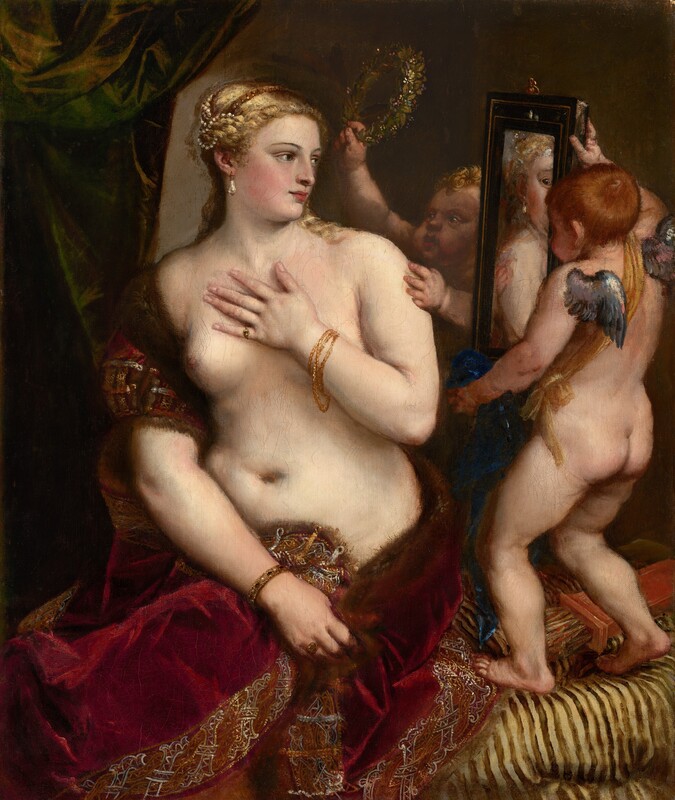Introduction
Greco-Roman myth and style that inspired painters during the early 15th century through the mid-17th century influenced and challenged social standards of Renaissance and Baroque Italy. Major themes in these paintings included love, lust, and power, which echoed standards of a new philosophy known as Renaissance Humanism. The philosophy emphasized the need to return to western antiquity, aiming to use text, art, and social practice to establish a cultural identity outside of Christianity. During the medieval period, Christian identity unified the masses of Europe. This unification slowly dissolved, and regions developed their own unique styles, changing drastically between the end of the Roman Empire, 476 CE and the Renaissance beginning in the 1330s. This is partly due to the Great East-West Schism of 1054 CE of Byzantine which divided Europe religiously. The Eastern Orthodox denominations and Roman Catholic Church’s separation allowed for the art to shift in style once again. Though Italy remained under control of the Roman Catholic Church which opposed naturalism in religious art at first, the country never lost its roots in antiquity, physically or stylistically. Artists of the Italian Renaissance began to imitate works of ancient art, especially those that survived in the ruins surrounding them. Depictions of figures in the nude and heavy emphasis on the natural form shaped Renaissance Humanist paintings. Along with human physique, nature and animals took precedence as they aided in humanist understanding of how human beings fit within the great scope of God and man. Inspiration also came from classical mythology and original Italian works. Renaissance artists’ techniques directed attention to the individual characters and themes of the stories they imitated. Eventually Baroque art swept in with a technical emphasis on extravagance and dramatic realism, which relied on Greco-Roman mythology as well. However, Baroque technique aimed to invoke the audiences’ emotions; conversely, Renaissance artists intended to imitate, not enhance antiquity. The evolution of these artistic and stylistic elements between the two periods fostered a dissonant secular culture in a Christian dominant society, emphasizing individualism and humanism. The focal points of this exhibit; gods, Venus, Jupiter, and Apollo, displayed the elements of humanism. They included themes of love, lust, and power from Renaissance to Baroque Italy, emphasizing the technique of the artist and the mythology that the work brings to life. This revival of classical art allowed artists to explore the question- what does it mean to be human?
